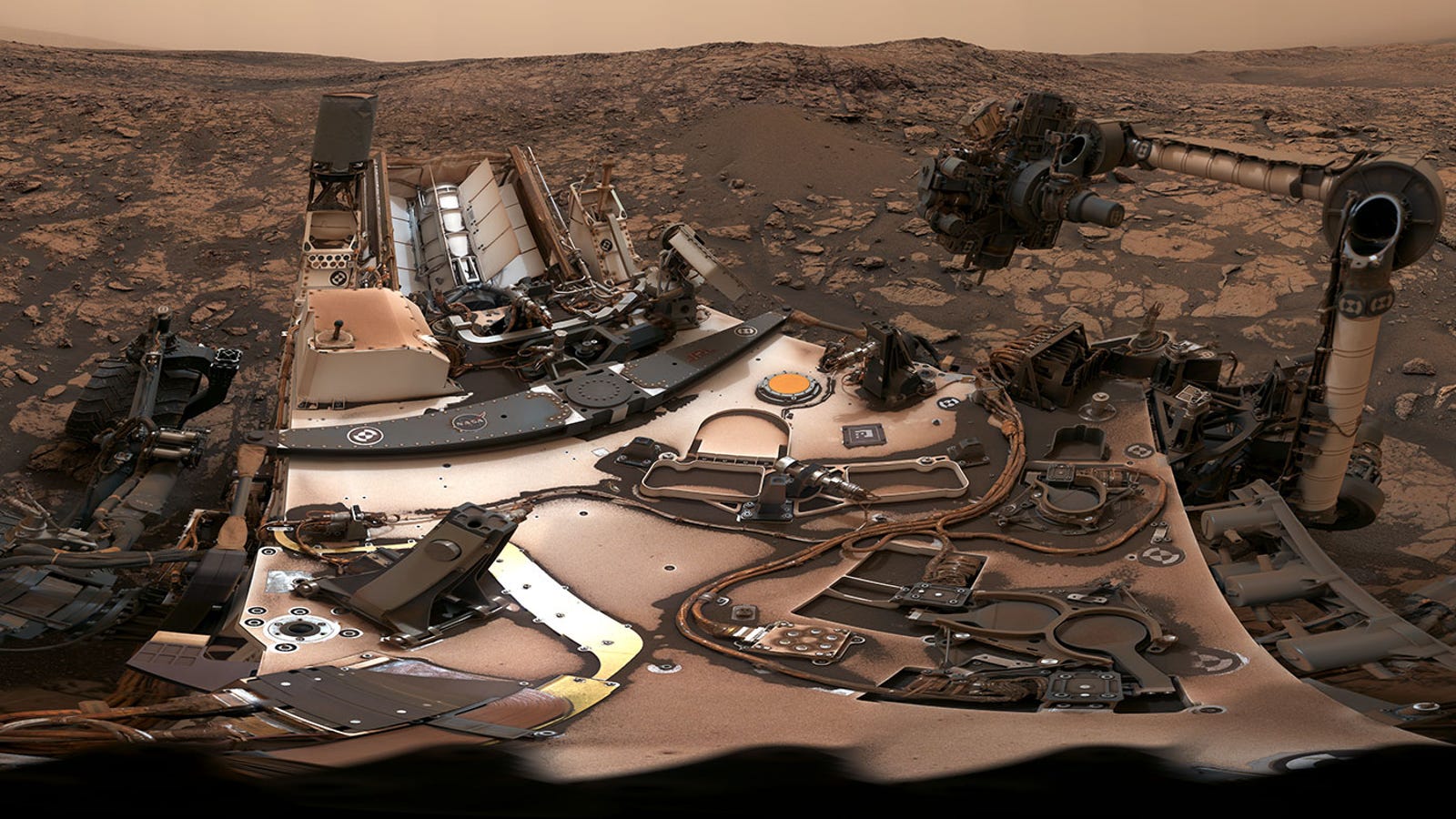https://www.treehugger.com/health/if-you-take-supplements-make-sure-they-dont-contain.html

New research warns of supplements containing the potentially harmful cardiovascular stimulant known as higenamine.
The idea of dietary supplements is undeniably attractive: Silver bullets made from natural ingredients that promise to enhance certain functions and boost health. With this in mind, here in the United States we spend $40 billion a year on vitamins, herbs, minerals, and botanicals. The problem is that many of them don’t deliver on their claims, and even worse, may contain harmful ingredients. In the U.S., supplements do not require FDA approval before hitting the shelves; and in fact, the FDA has to prove a supplement is not safe before they can remove it from the market.
Which may be the reason why some 23,000 people a year end up in the emergency room after taking a supplement.
Earlier we wrote about 15 harmful supplement ingredients to avoid, but now we have another one to add to the list.
A new peer-reviewed study of weight-loss and sports/energy supplements found “unpredictable and inaccurately labeled dosages” of the potentially harmful cardiovascular stimulant, higenamine – which also goes by the names “norcoclaurine” and “demethylcoclaurine.” Two years ago the World Anti-Doping Agency (WADA) prohibited higenamine for use in sports.
The independent study was conducted by scientists at the global public health organization NSF International, Harvard Medical School, and the National Institute for Public Health and the Environment (RIVM) in the Netherlands.
“We’re urging competitive and amateur athletes, as well as general consumers, to think twice before consuming a product that contains higenamine,” says John Travis, Senior Research Scientist at NSF International and a co-author of the study. “Beyond the doping risk for athletes, some of these products contain extremely high doses of a stimulant with unknown safety and potential cardiovascular risks when consumed. What we’ve learned from the study is that there is often no way for a consumer to know how much higenamine is actually in the product they are taking.”
The researchers analyzed 24 readily-available supplements, mostly sold for weight loss and energy, that included higenamine in their ingredients. Of the 24 products tested, only five of them listed a specific amount of higenamine on the label; none of those quantities were accurate. Based on the labeled directions for use, consumers could be exposed to up to 110 mg of higenamine daily, the researchers explain.
“Some plants, such as ephedra, contain stimulants. If you take too much of the stimulants found in ephedra, it can have life-threatening consequences. Similarly, higenamine is a stimulant found in plants,” says Dr. Pieter Cohen, Associate Professor of Medicine at Harvard Medical School and a co-author of the study. “When it comes to higenamine, we don’t yet know for certain what effect high dosages will have in the human body, but a series of preliminary studies suggest that it might have profound effects on the heart and other organs.”
To put it bluntly, Cohen says: “If it lists higenamine on the label, don’t purchase it.”
For more on the research and to see which products were tested, visit the NSF website.
New research warns of supplements containing the potentially harmful cardiovascular stimulant known as higenamine.
via TreeHugger https://ift.tt/2v7tbJp
September 7, 2018 at 03:16PM




